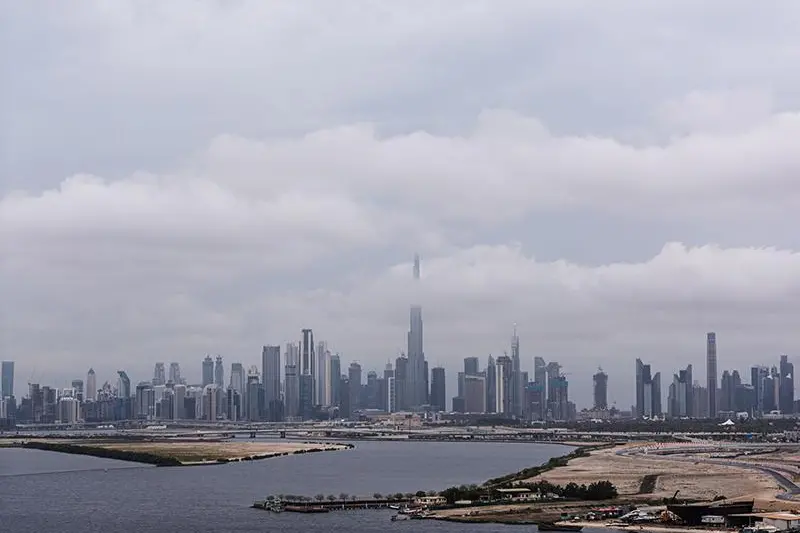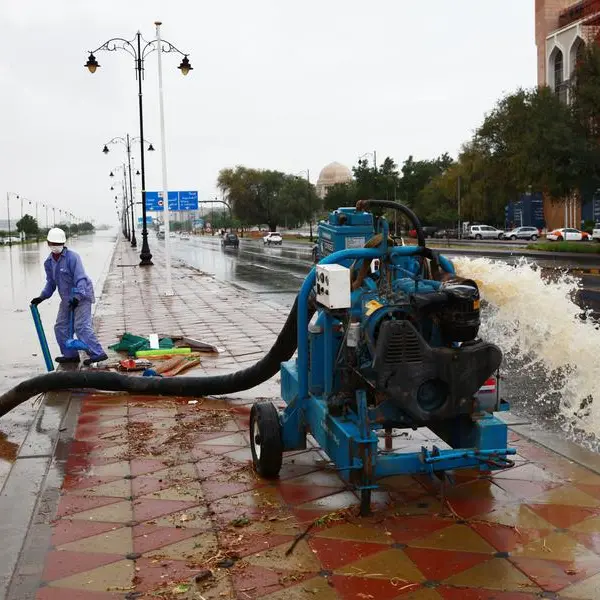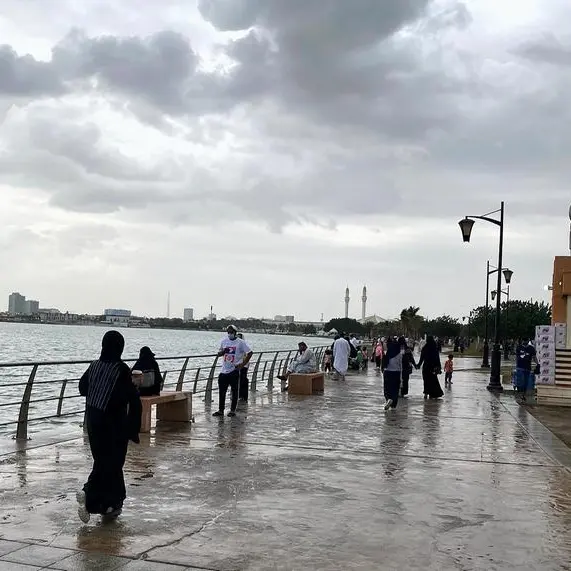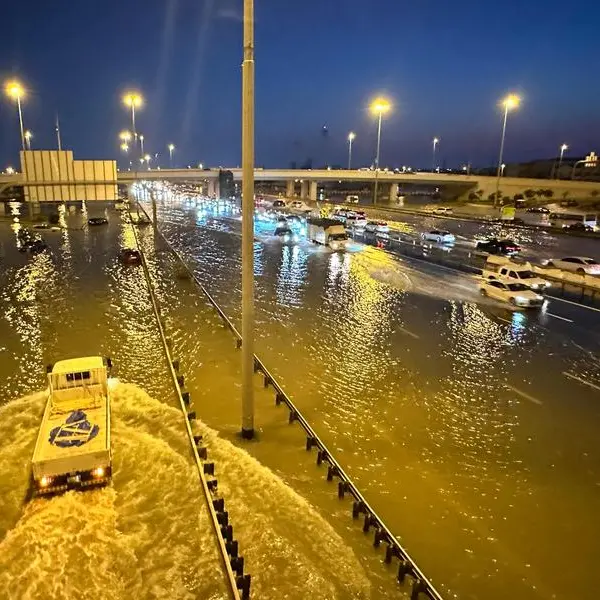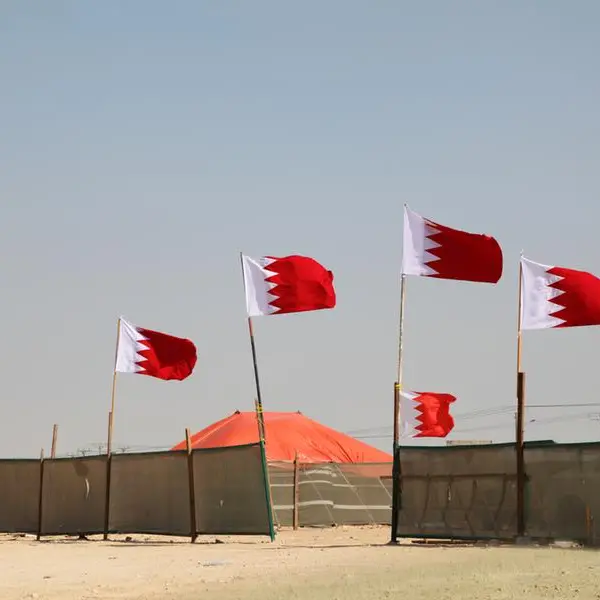PHOTO
UAE - A month-long campaign consisting of a series of well-coordinated flight missions across the UAE airspace has given then National Centre of Meteorology (NCM) a wealth of information which will help the UAE make sure there is more rain in the region.
The campaign titled Cloud-Aerosol-Electrical Interactions for Rainfall Enhancement Experiment (CLOUDIX) will help UAE’s efforts to find solutions for water shortage, as per Dr. Abdulla Al Mandous, President of the World Meteorological Organization (WMO) and Director General of NCM.
“Through such innovative campaigns, NCM remains committed to harnessing the latest technology advancements to build new capacities in meteorology and weather modification,” he said. “We are committed to continuing research in this area, and we believe that this work has the potential to make a significant contribution to water security in our region.”
The field campaign to study the effects of various factors on cloud seeding was conducted through the UAE Research Program for Rain Enhancement Science (UAEREP) in collaboration with Stratton Park Engineering Company (SPEC), a US-based company specializing in cloud physics research and instrumentation.
SPEC won a UAEREP grant for its pioneering research project centered around the properties of seeding materials and how they could be improved. This field experiment will test the findings of SPEC.
Research methods
During the campaign, SPEC's research aircraft gathered data on cloud properties and electrical characteristics at varying altitudes within a target cloud. For this, the NCM aircraft performed cloud seeding using three distinct approaches- Nanomaterial Seeding, Large Salt Particle Seeding, and Conventional Hygroscopic Flares.
The research was conducted using two planes- the NCM’s King Air cloud seeding aircraft and an instrumented research Learjet aircraft operated by SPEC. Onboard instruments aboard the aircraft measured meteorological and cloud variables, including the number and size distributions of cloud particles such as droplets, raindrops, and ice crystals, along with detailed imagery. These data revealed a range of cloud particles in terms of sizes and shapes coexisting within the cloud, providing valuable information.
Since several instruments were used during the campaign, the team is consolidating data from various sources to ensure consistency in the results. They are hoping to investigate the potential variations in aerosol sizes based on the charging state with the results.
Challenges
According to Dr. Paul Lawson, Senior Research Scientist at SPEC, said that the team faced several challenges during the campaign. “Due to the highly unpredictable and continuously changing locations of summertime convective cloud formation, conducting well-coordinated flights between the two aircraft presented a significant challenge,” he said. “However, through meticulous planning and coordination between the aircraft, the team successfully conducted multiple cloud penetrations and gathered measurements of cloud and rain particles. The campaign offers invaluable data to enhance our understanding of convective cloud dynamics and develop more efficient rain enhancement strategies for arid and semi-arid regions.”
Each morning, the aircraft crews reviewed weather information, including atmospheric sounding data in Abu Dhabi, real-time airport weather information in Al Ain, and NCM weather forecasts. These guided flight plans, adjusting flight locations and altitudes as necessary to ensure measurements within active cloud regions.
Copyright © 2022 Khaleej Times. All Rights Reserved. Provided by SyndiGate Media Inc. (Syndigate.info).
